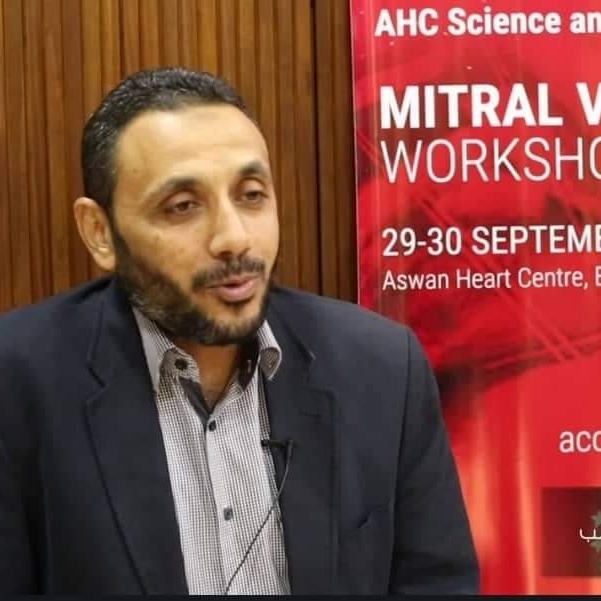Abstract
Background and aim of the study: The continuous suture technique has numerous advantages as a simple, quick, and effective method for valve replacement (5). The semi-continuous suture technique is a modification of the continuous technique aiming to avoid its technical disadvantages. This method combines advantages of the continuous and interrupted suture techniques (6). In this study we evaluated the semi-continuous suture technique in patients undergoing prosthetic valve replacement, comparing it with the conventional interrupted suture technique.
Patients and methods: 131 patients with valvular lesions were included in the study, underwent valve replacement. Patients were divided into two groups according to the suture technique used in valve replacement. Group I (conventional interrupted suture technique), 76 patients, there were 43 males and 33 females, mean age 36.6 years. 18 patients underwent isolated aortic valve replacement (AVR), 36 underwent isolated mitral valve replacement (MVR), and 22 patients underwent double valve replacement (DVR), and group II (semi-continuous suture technique), 55 patients, there were 27 males and 28 females, mean age 36.9 years. 15 patients underwent isolated AVR, 24 underwent isolated MVR, and 16 patients underwent DVR.
Results: Statistical analysis showed that the aortic cross clamp time, cardiopulmonary bypass time, and operation time, were significantly decreased in group II than in group I, and the implanted valve size was significantly larger in group II. 2 patients in group I developed paravalvular leakage, and one patient in group II. There is no late postoperative leakage in both groups. 3 cases of late endocarditis in group I, and one case in group II. Valve thrombosis occurred in 5 patients in group I, and in 4 patients in group II.
Conclusion: The semi-continuous suture technique is suitable for all types of prosthetic valve replacement, especially those of rheumatic origin, and with small left atrium and small aortic annulus. It is simple, with short period of valve implantation, associated with few postoperative complications, and especially suitable for patients in developing countries.

